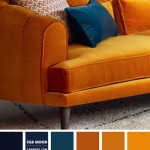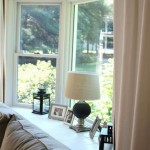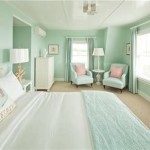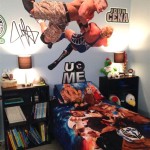Exercise Room Decorating Ideas For Students With Autism
Creating a safe and stimulating exercise room can be crucial for students with autism. By incorporating specific design elements, colours, and features, you can create a space that supports their sensory needs, promotes physical activity, and enhances their overall well-being.
1. Sensory-Friendly Color Schemes:
Choose calming colours that promote relaxation and reduce overstimulation. Soft blues, greens, and purples can create a soothing atmosphere. Avoid bright or contrasting colours, as these can be overwhelming.
2. Comfortable and Supportive Flooring:
Provide soft and supportive flooring materials such as cushioned mats or foam tiles. This helps absorb impact, reduce noise, and provides a comfortable surface for exercises.
3. Tactile and Visual Stimulation:
Incorporate textures and patterns into the room to provide tactile stimulation. Use different fabrics, surfaces, and visuals to create a sensory-rich environment. Display wall art with soothing patterns or natural elements.
4. Low Lighting or Natural Light:
Opt for low lighting or natural light sources to minimize sensory overload. Harsh or fluorescent lighting can be distracting and uncomfortable. Use dimmers or consider installing windows to provide ample natural light.
5. Sensory Wall and Equipment:
Create a sensory wall with interactive elements such as bubble panels, light projectors, and tactile boards. Provide exercise equipment that caters to vestibular and proprioceptive needs, such as swings, trampolines, and balance balls.
6. Designated Quiet Areas:
Provide a quiet corner or designated area where students can retreat to when overwhelmed. This space should have comfortable seating, noise-canceling headphones, or other calming items.
7. Safety Features:
Ensure the exercise room is safe and accessible for all students. Use non-toxic and durable materials, secure equipment safely, and provide adequate supervision. Consider installing safety mats and handrails for added support.
8. Visual Schedules and Prompts:
Create visual schedules and prompts to support students with sequencing and understanding. Display clear instructions, cue cards, or social stories to guide them through exercise routines.
By carefully considering these decorating ideas, you can create an exercise room that provides a supportive and stimulating environment for students with autism. It should be a space where they feel safe, comfortable, and encouraged to engage in physical activity.

How To Create A Diy Sensory Playroom

Sensory Room Ideas For Children With Autism Pediaplex

Spectrum House An Autism Ready Family Destination Thinking Person S Guide To

How To Create A Sensory Room Complete Guide

Commercial Sensory Gym Large Space Gyms Reinforcement Therapy

How To Create A Sensory Room Complete Guide

Our Sensory Gym Favourites Occupational Therapy Helping Children

Best Sensory Room Ideas For Children With Autism 10 Must Haves Ot Latina

Ultimate Open Ended Playroom Guide Brainrich Kids

Custom Sensory Gym Commercial Gyms Home







